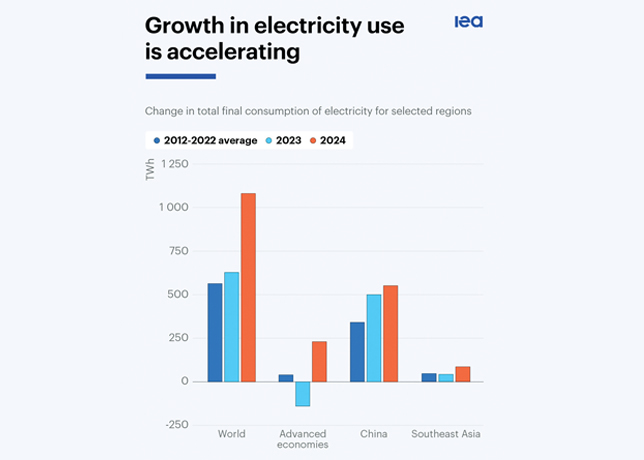
 Advancements in reactor technology has contributed to increased nuclear power generation
Advancements in reactor technology has contributed to increased nuclear power generation
The global nuclear power sector is experiencing steady growth due to the need for low-carbon baseload power, energy security, and decarbonising industrial sectors.
New capacity additions, advancements in reactor technology, and supportive policies have contributed to increased generation and reinforced the role of nuclear power in the energy transition.
GlobalData latest report predicts that nuclear capacity will grow from 395GW in 2024 to 494GW by 2035, with nuclear electricity generation rising from 2,616 TWh to 3,410 TWh over 2024-35, reflecting a 2 per cent CAGR.
Countries with aging reactors are pursuing lifetime extensions and expanding their nuclear fleets, especially in Asia.
The US remains the world's largest producer of nuclear power, with 97GW of installed capacity generating 787.6 TWh in 2024.
France relies on nuclear for over 60 per cent of its electricity, while China has expanded its capacity to 56GW, producing 386.1 TWh.
Mohammed Ziauddin, Power Analyst at GlobalData, comments: "The growing focus on energy security due to geopolitical tensions, increasing demand for low-carbon dispatchable power, government support through regulations and incentives such as grants, loan guarantees, production and investment tax credits (PTCs and ITCs), and market-based mechanisms like Contracts for Difference (CfDs), advancements in SMRs and next-gen technologies, and a surge in electricity demand from data centers are the major reasons behind the increasing adoption of nuclear energy worldwide."
Unlike traditional large-scale nuclear reactors, SMRs offer compact designs, flexible deployment, and advanced safety features that make them well-suited for remote regions, smaller grids, and industrial applications. With capacities typically under 300MW, SMRs can be factory-fabricated, transported, and assembled on-site, significantly reducing construction time and costs.
The global SMR pipeline is expanding rapidly, with over 100 reactors at various stages of development. Although only a few SMRs are currently operational, primarily in Russia and China, the next decade is expected to bring a significant increase in new capacity, with more than 10,000MW anticipated by 2035.











































































